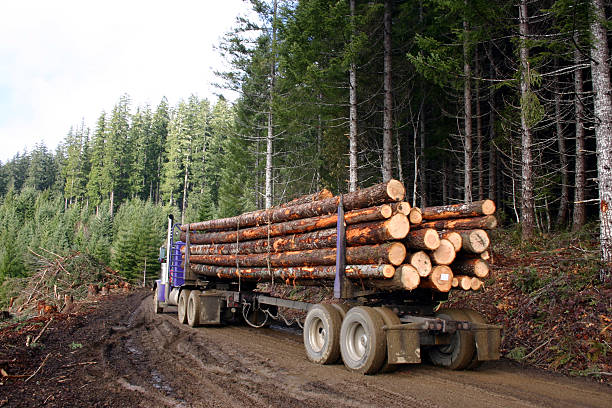Since Brexit, the UK follows its own phytosanitary regulations and is no longer part of the EU plant health system. If you’re:
✅ Exporting wood veneer from the UK:
A phytosanitary certificate is mandatory when exporting wood veneer to countries that require proof that the product is free from pests, diseases, or harmful organisms. Countries such as the USA, China, Australia, and EU countries may have strict import controls, requiring this certification.
✅ Importing wood veneer into the UK:
If you’re importing wood veneer from outside the UK (including the EU now), you’ll need a phytosanitary certificate issued by the exporting country. The certificate ensures the wood veneer has been treated and inspected according to UK plant health regulations.
🔥 When Is a Phytosanitary Certificate Required?
A phytosanitary certificate is typically required when:
• The wood veneer is made from untreated or partially treated wood.
• The importing country has strict regulations on plant and wood products.
• The species of wood used is subject to phytosanitary controls.
However, finished wood veneer products that have been processed to remove any risk (such as kiln drying or chemical treatment) may sometimes be exempt, but it depends on the destination country’s regulations.
📜 Process for Obtaining a Phytosanitary Certificate in the UK
1, Apply through the Animal and Plant Health Agency (APHA):
• In England and Wales, the APHA issues phytosanitary certificates.
• In Scotland, it's handled by SASA (Science and Advice for Scottish Agriculture).
• In Northern Ireland, it's DAERA (Department of Agriculture, Environment and Rural Affairs).
2, Inspection of the Wood Veneer:
A plant health inspector will inspect the veneer to ensure that it meets the necessary requirements and is free from pests and diseases. Treatment (like heat treatment or fumigation) may be required if pests are detected.
3, Issuance of Certificate:
Once the veneer passes inspection, the phytosanitary certificate is issued. This document must accompany the shipment to its destination.
🌍 Exports to the EU Post-Brexit
Since January 1, 2021, exports of regulated wood and wood products (including veneers) from the UK to the EU require a phytosanitary certificate. Shipments entering the EU undergo plant health checks at the first point of entry.
⚠️ Penalties for Non-Compliance
Without a valid phytosanitary certificate, your shipment could be delayed, refused entry, or even destroyed by the importing country. Non-compliance may also result in fines or bans from exporting to certain countries.
📝 How to Apply for a Phytosanitary Certificate in the UK
• Register on the PEACH (Procedure for Electronic Application for Certificates) system to apply for export certificates.
• Provide details about the wood veneer, its treatment, and destination.
• Arrange for inspection and pay the necessary fees.
If you’re exporting or importing large volumes of wood veneer regularly, it might be worth establishing a relationship with a plant health consultant to help streamline the process.





Leave a comment
All comments are moderated before being published.
This site is protected by hCaptcha and the hCaptcha Privacy Policy and Terms of Service apply.